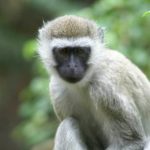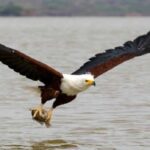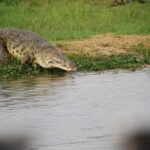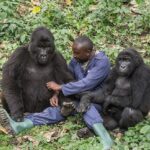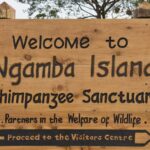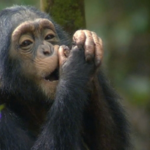Kibale Forest National Park is a primate Park which has got the richest ecosystems within the whole of African continent, measuring about 795 square kilometres with diverse array of landscapes.
Kibale National Park is located in south-western Uganda, spanning Kibale and Kabarole Districts.
It was gazetted in 1932 and given its status in 1993 to protect a large forest area initially managed as a logged forest reserve. Its elevation varies between 1,100 meters to the south and 1,590 meters to the north.
The varied altitude supports different types of habitats, ranging from moist ever green forest to the north and semi-deciduous forest to the south to make up for up to 77% of the forested portion of the park. Kibale National park is one of the last remaining areas to harbor both lowland and montane forests in East Africa.
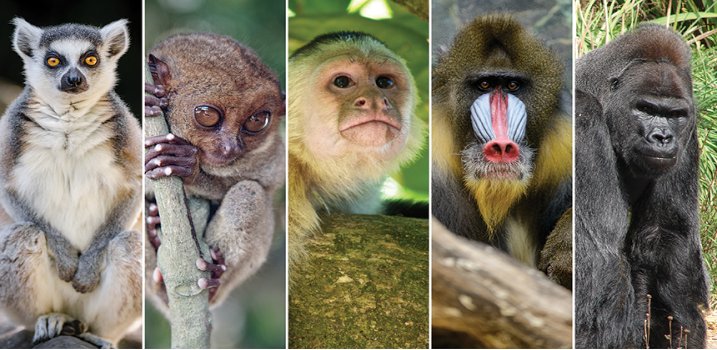 Kibale is popular for the high diversity and remarkable concentration of primates, believed to be the highest in Africa, the most popular being the 13 species of primates. Of the 13 primates the most popular are man’s closest relatives, the chimpanzees.
Kibale is popular for the high diversity and remarkable concentration of primates, believed to be the highest in Africa, the most popular being the 13 species of primates. Of the 13 primates the most popular are man’s closest relatives, the chimpanzees.
The park has Uganda’s largest population of chimpanzees, estimated at about 1,450 individuals. It also has East Africa’s largest population of the red Colobus and the rare L’Hoest monkey.
Other primates in Kibale National Park include grey-cheeked Mangabey, olive baboon, bush baby, black-and-white Colobus, potto and red-tailed and blue monkeys. Other mammals that have been recorded in Kibale include branded and marsh mongoose, swamp otter, warthogs, giant hogs, elephants, buffalos, bush pigs and the big forest hog. These are mostly ground dwelling animals which are not easily seen in the dense forest cover.
Kibale Forest National Park hosts over 340 species of birds. Some of those recorded include African Grey Parrot, Crowned Eagle, White-napped pigeon, Afep pigeon, African Pitta, Red-chested Owlet, Green-breasted pitta, Black bee-eater, Black-capped Apalis, Western Nicator, Yellow-spootted Nicator, Blue-headed Sunbird, Brown-chested Alethe, and Little green bul among others.
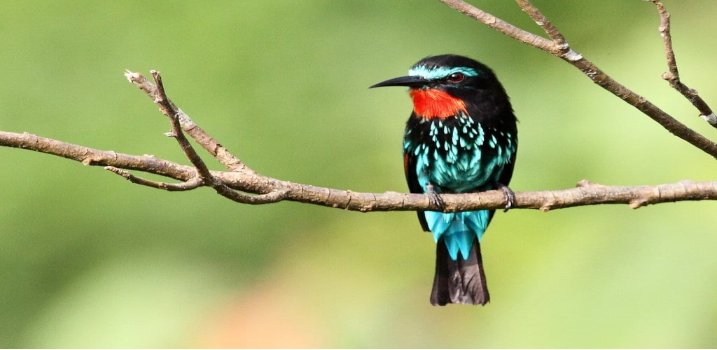
It is important to note that there are also some Nocturnal Primates In the park which includes Bush babies and Pottos. It is only possible to encounter these primates while having a nocturnal guided forest walk with spotlights which is unique and rewarding.


